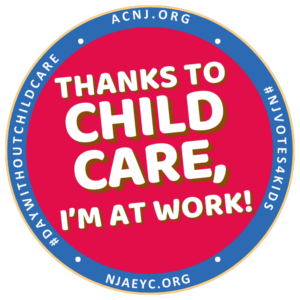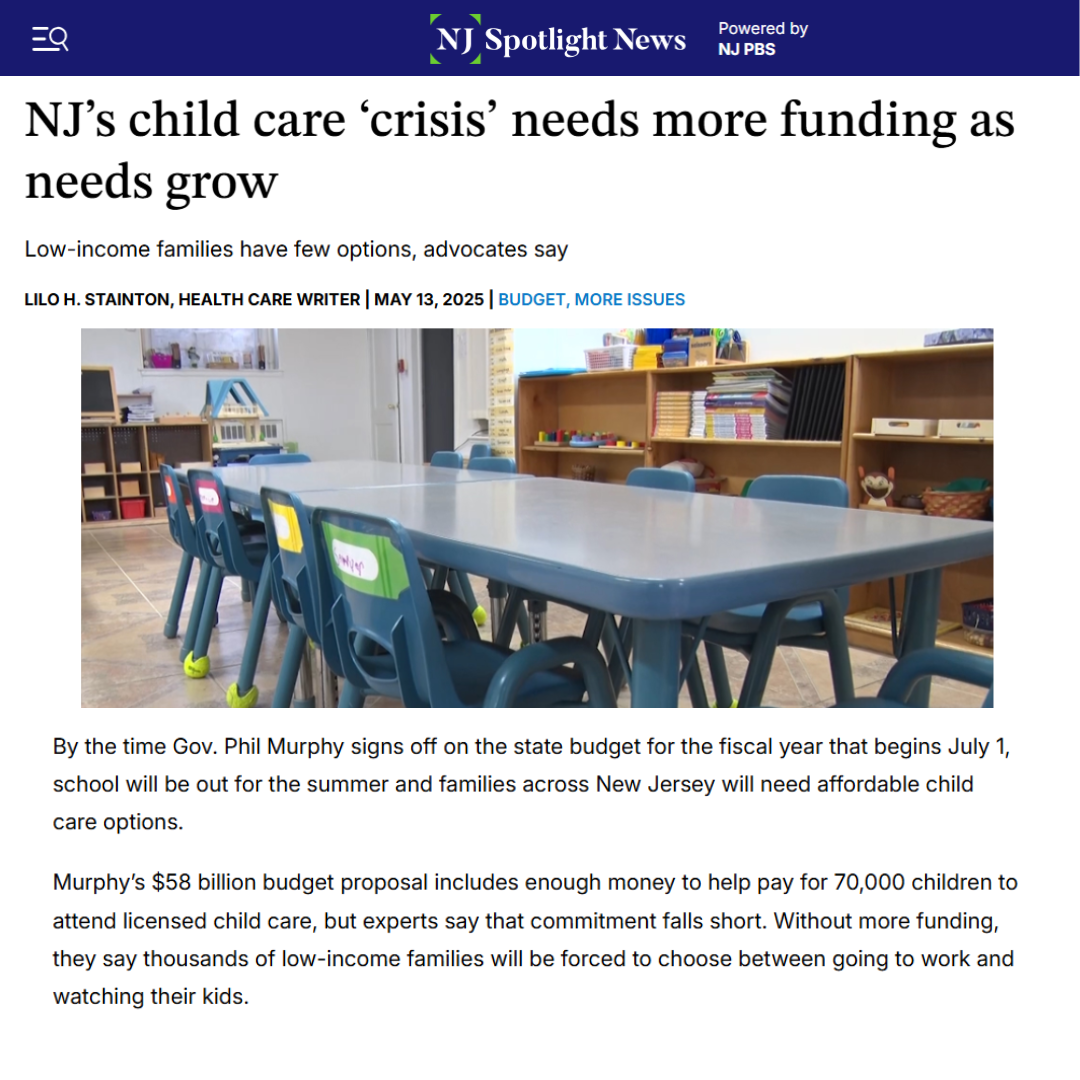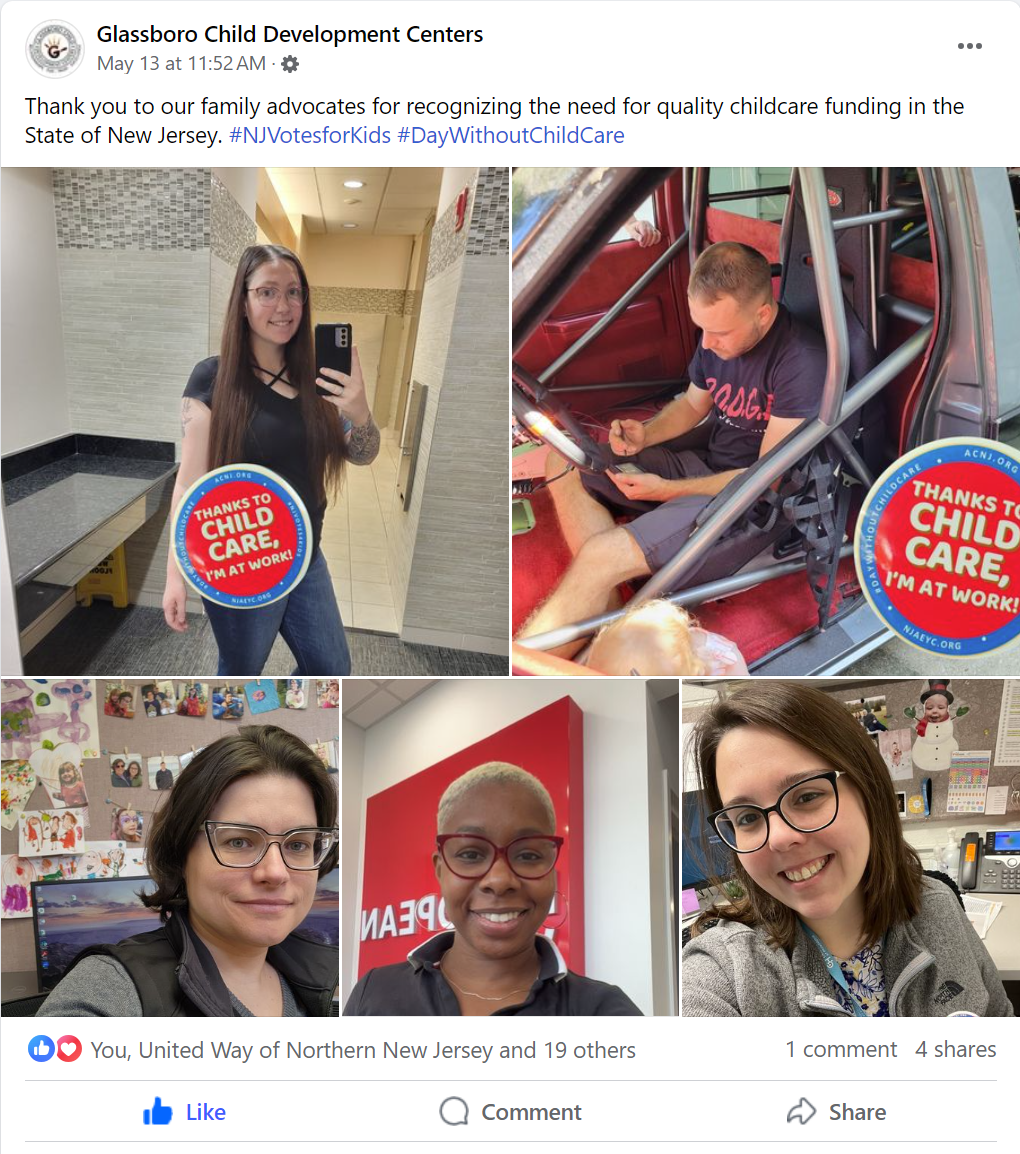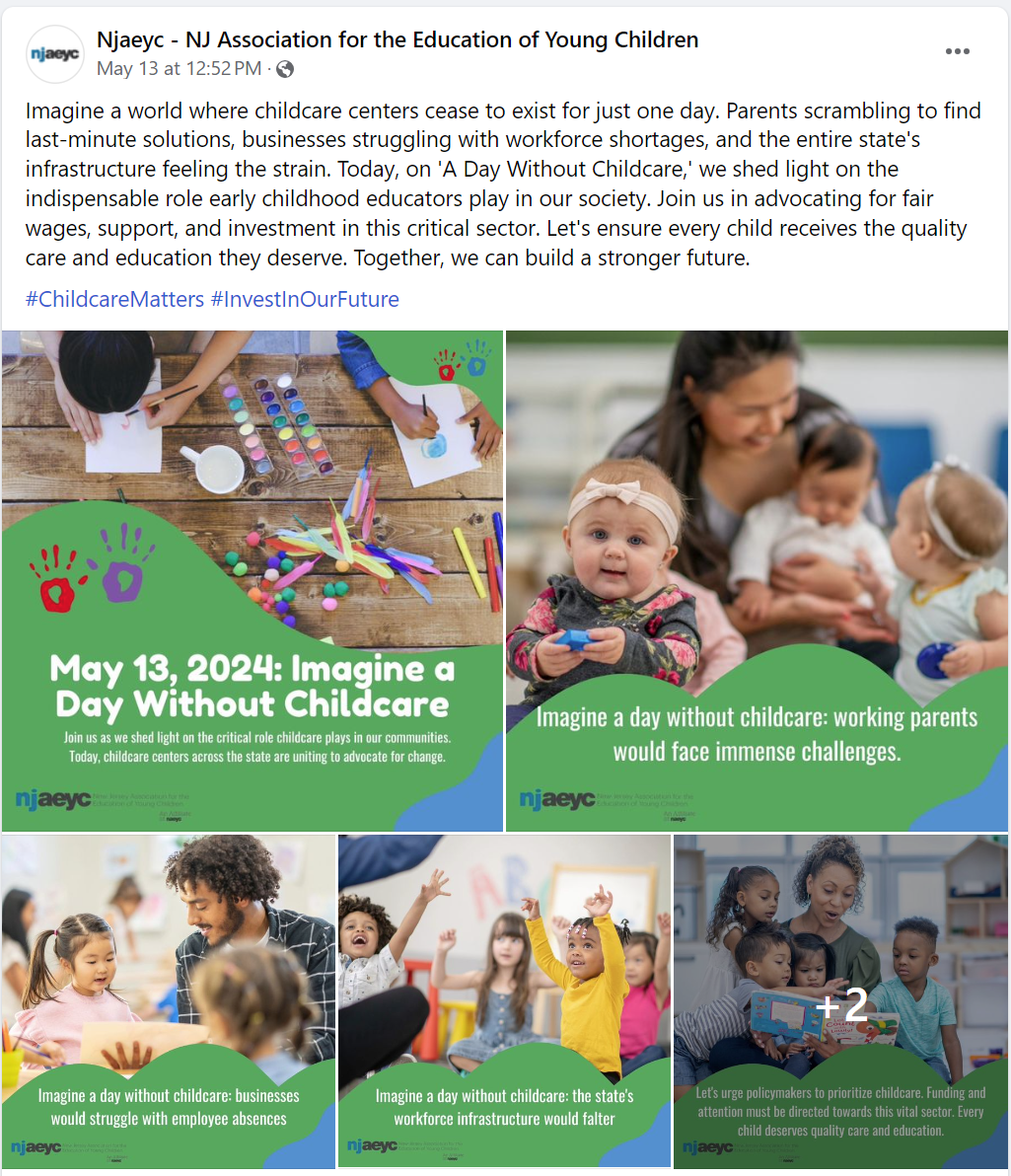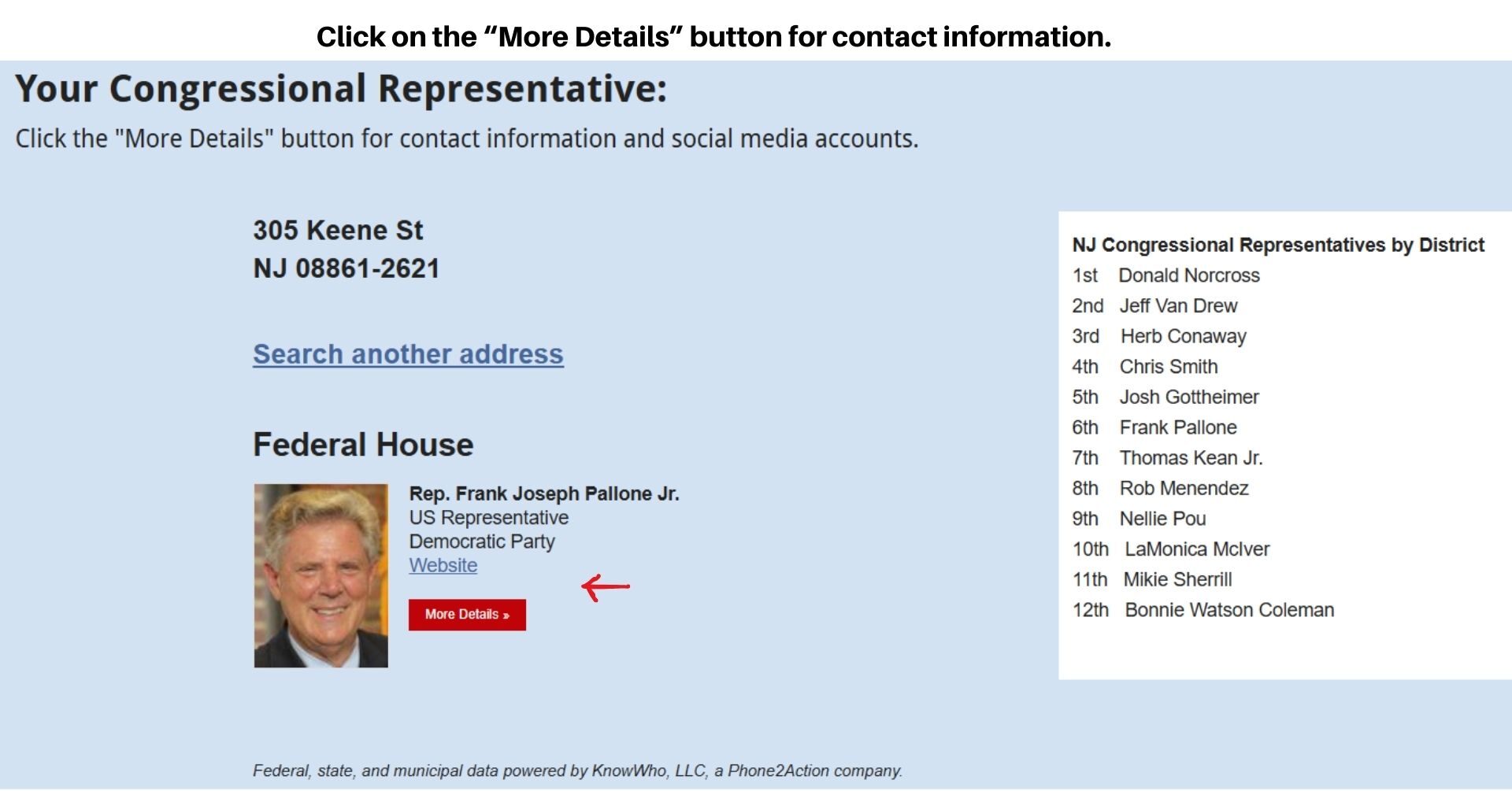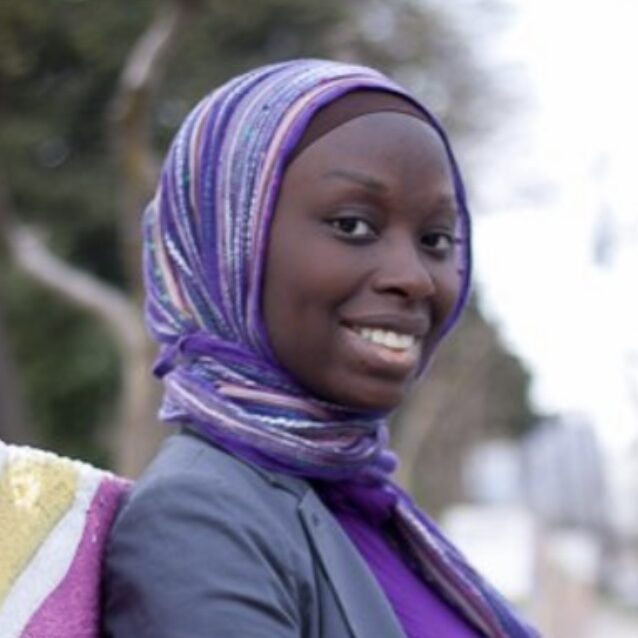The Unsung Role of Head Start in Home Visiting
Classrooms filled with eager young children, preparing for their journey into school – this is what people often picture when thinking of Head Start. But one of Head Start’s most powerful and often overlooked components happens to take place outside the classroom, right in the homes of families. Home visiting, a core element of Early Head Start – a program of Head Start specifically for infants and toddlers under the age of three, their parents, and pregnant women – has been transforming lives for decades, yet it remains a lesser-known part of the program.
As Bonnie Eggenburg, President of the New Jersey Head Start Association, explains, "Home-based Early Head Start has always been about the idea that parents are their child’s first and most important teacher." Unlike traditional home visits, where an educator simply engages with a child, these visits focus on empowering parents with tools and strategies to support their child’s development.
Early Head Start home visitors don’t just arrive with lesson plans; they bring support, guidance, and connection. They help parents navigate the challenges of early childhood, from handling toddler tantrums to fostering early language development. "It’s not a home visitor going in and playing with the child for 90 minutes," Eggenburg explains. "It’s the home visitor going in and talking with Mom about how things are going, giving her strategies, and helping her engage in activities with her child that she may not have thought of before."
This approach is particularly critical during the first three years of life – when brain development is at its peak. Many parents, especially those in underserved communities, may not realize how much simple, everyday interactions, like narrating daily routines or playing peek-a-boo, contribute to their child’s cognitive growth. "We help parents understand the importance of talking with their child, even about the simplest things like changing a diaper or making breakfast," says Eggenburg. "It builds language skills and strengthens bonds."
Despite its success, Head Start’s home-based model has seen a decline in recent years. "From 2010 to 2024, the number of home-based slots in New Jersey dropped from 46% to just 17%," Eggenburg notes. Much of this shift is driven by economic realities. With more parents working full-time jobs, home visits aren’t always feasible. Some families also hesitate to invite educators into their homes, fearing judgment or exposure of personal struggles.
Yet, Head Start continues to adapt. Even families enrolled in center-based programs benefit from at least two home visits a year, allowing teachers to better understand each child’s home environment. "Going into a home where you see real-life challenges, like a family struggling with housing conditions, helps us tailor support for both the child and the parent," Eggenburg shares.
One of the most valuable aspects of Head Start’s home visiting model is the community it fosters. In addition to one-on-one visits, parents often gather for group sessions, creating informal support networks. "They develop relationships with other parents who are going through the same experiences," says Eggenburg. "That sense of community is so important."
Unfortunately, awareness of these services remains a challenge. Many parents learn about Early Head Start home visiting through word of mouth rather than formal outreach. "We do social media advertising and networking, but a lot of parents don’t hear about us until they already have a child," Eggenburg notes. Expanding awareness could ensure that more families access these critical early childhood resources when they need them most, enhancing outcomes for both children and parents.
While home visiting may not be as visible as classroom-based learning, its impact is undeniable. It strengthens family bonds, supports child development, and fosters resilient communities. But as Eggenburg emphasizes, the program needs continued investment. "We need to recognize that Early Head Start has been doing this work for decades and should be at the center of conversations about early childhood education."
For families who want to give their children the best possible start, Head Start’s home visiting program offers something invaluable: partnership. A partnership between parents and educators, built on trust, support, and a shared commitment to a child’s future.
Let’s bring more attention to the incredible work happening in the homes of families across New Jersey.
